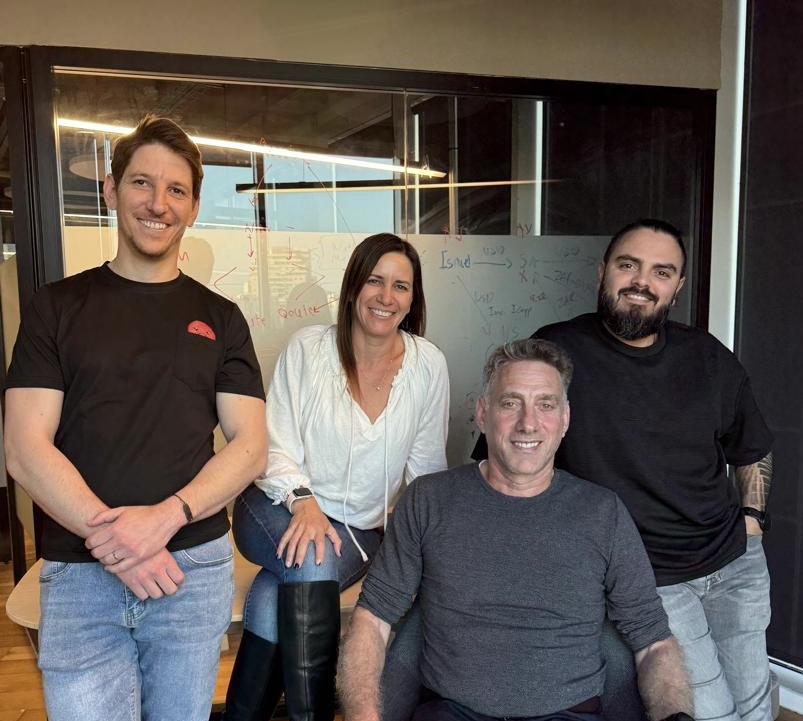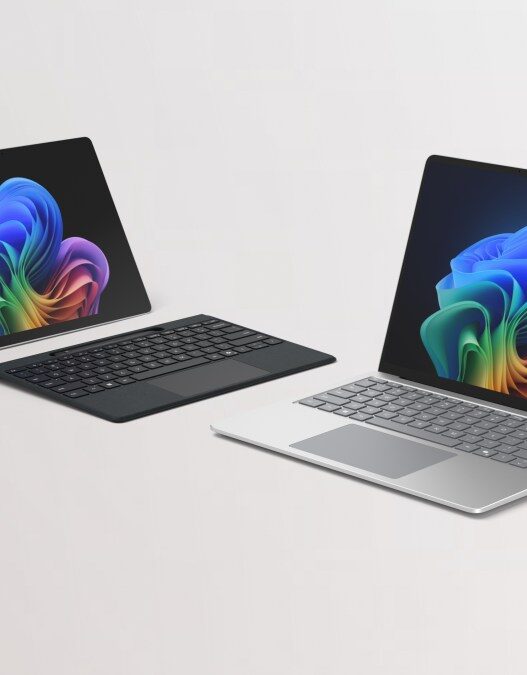The latest generation of startups aimed at resolving the cross-border payments is to focus on stablecoins-often linked currency currencies to actual currencies or other commodities to help them maintain stable prices-to build solutions that operate faster and are often cheaper than bars Classic finance. This trend also pays an increase in the investor’s interest in Fintech.
The latest development is Rice moneyA US -based emerging company that recently closed $ 9.9 million in seed financing led by investors at Global Finetech Qed with the participation of Lattice, NIV, Stellar and Wischoff Ventures.
Like many cross -border payments using Stablecoins, Cedar Money works as a bridge. Companies and individuals deal with a FIAT site, while Stablecoin transactions work in the background. She said that Cedar Money plans to expand the payment infrastructure and address incompetence in international payments with this financing.
These shortcomings are especially painful in Africa, where companies face the highest hidden transactions and costs in currency transfers due to the addition of risks and work costs with local banking services. Banks benefit from exchange rates, adding another layer of expenses. “If you look at the fast network, the world’s drawings are about 2-3 %, but in Africa, it is much higher. I tell the founder and CEO of Benjy Feinberg Techcrunch:“ It is more than that in places where people are less than money “.
Feinberg Cedar Money was established in 2022 after nearly a decade leading the alternative financing provider on behalf of this. Before launching his last project, he spent time setting the following “great” opportunity in Fintech, with a finally focused on payments and Blockchain.
While Stablecoins has been struggled to obtain attraction in the United States due to limited and competition cases with traditional systems such as the dollar and the Swift, Feinberg has realized a different reality in emerging markets.
Companies around Africa, the Middle East and South America need dollars to pay the costs of imports, even when buying from countries like China. In countries such as Nigeria or Argentina, obtaining the dollar can be a struggle due to weak local currencies such as brightness or Argentine Bizo.
Cedar Money was launched in early 2024, and operations began in Nigeria, helping companies in the country to accept and send money to others worldwide. “You want to go to a place where you can solve a big problem, and adoption will be easier. That’s why we started in Africa – because the need is greater here,” said CEO.
However, despite its popularity, Stablecoin platforms face restrictions that may affect their scale across the markets.
When Finnberg was asked, he made it clear that while construction of payment bars – the assignment of Fiat to Stablecoins, transferred, and turning back, it is not completely difficult. According to him, the real difficulty and where Cedar Money tries to excel in building compliance bars to accommodate the unique regulatory requirements of each country and the extensive bank documents to ensure legitimate transactions.
These requirements are particularly difficult in the markets like Africa, as they make the infrastructure differences seem simple – such as providing street address – more difficult.
Finnberg has argued that the winners in this field would be those who can expand their world -level operations while moving into complex compliance requirements, especially in disadvantaged areas.
“I would like to say that the biggest challenge is to educate banks in the developing world that the money they get from the backward world is good. It is a challenge, but we do that.”
However, the United States determines the favorable organizational emotions towards digital assets that may reduce compliance. Many stakeholders in the industry believe that this event, along with others such as getting the Stable Startup Bridge Bridge, will not only cause a broader acceptance of Stablecoin payments but also made banks and organizers worldwide and in emerging markets relaxing strong views to adopt Stablecoin.
This adoption began to reshape the global scene of payments. A16Z plans and other sources clearly show: In 2017, Stablecoin transactions were slim compared to traditional systems. Quickly forward, Stablecoins excelled over Mastercard, PayPal and Visa. In the second quarter of 2024, Stablecoins transactions amounted to $ 8.5 trillion via 1 billion transactions compared to $ 3.9 trillion in size over fifty again.
Cedar Money, which was established a year ago, processes tens of millions of monthly transactions by focusing on import and export companies that deal with concrete goods such as rice and shoes, with the support of intentional bills, which is an approach that simplifies subscription to banks since the transactions involve clear documentation and goods Materialism, according to Venberg, who refused to share customer numbers.
The QEDARSTORS GBenga Ajayi partner, noting the reason for investing the international company Fintech in Cedar Money, said that Fintech “is unique in dealing with shortcomings in the global financial system.”
The payments company, which includes 14 employees across Nigeria, the United States, Israel and Serbia, is the fourth investment that focuses on Africa in Africa after Montelite, pre -health and treatment.
Cedar Money joins an increased list of players like Conduit and Caliza, which serves business in emerging markets with Stablecoin payments. However, despite its increasing importance, as it reaches a $ 205 billion market ceiling last year, Finnberg says its collective share of international payments is still small, so Cedar Money has no direct competition at this stage.
“Today, two-thirds of international payments are through the correspondent banking network. Perhaps the largest FIAT 2-5 % of the market is. So, if you are looking for this and you say, well, two-thirds of banks, 5 % are the innovators Fiat, and 0.01 % From Stablecoins. Then your competitors, or your way forward, do not necessarily compete with other players;












